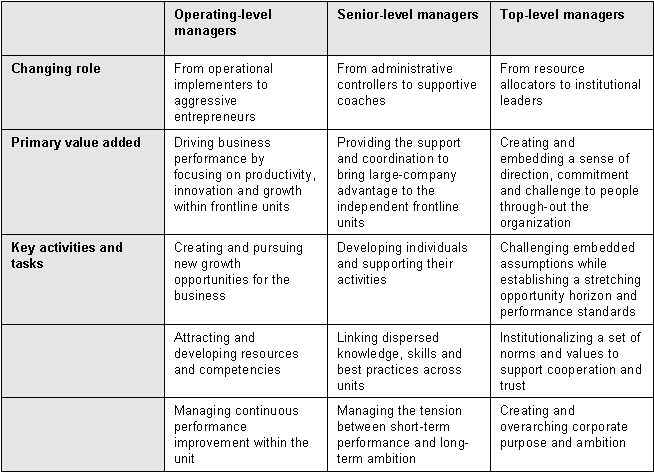As promised, and after some definitions (I hope you have seen that this kind of notion is actually quite…large, complexe but interesting ;-), it’s time to look at some concrete examples. Let’s begin with General Electric and some thoughts about Corporate Entrepreneurship from Jack Welch.
Concerning Jack Welch and to avoid misunderstanding: Mr. Welch is definitely NOT my leadership model in all fields. On the other hand, it is unquestionable that he was a great leader and that he developped some interesting ideas, not all very ethic to my “European” point of view ;-) His story, linked with the development of GE during the 1981-2001 period, is greatly related in his autobiography – not so many leadership’s information but definitely a great book:

About Corporate Entrepreneurship:
Welch wanted GE’s operating-level managers to develop their roles around what he defined as ownership, stewardship and entrepreneurship of the company’s portfolio of competitive businesses.
The behavior Welch was most trying to create within GE was a sense of entrepreneurial drive and initiative.
Welch also wanted to signal clearly the kind of entrepreneurial behavior he sought by reinforcing it through the reward system. […] He started acknowledging true corporate entrepreneurs with salary increases in the 10 to 15 percent range, bonuses of 30 percent to 40 percent to many fewer managers, and stock-options that he began distributing to hundreds of effective frontline managers rather than continuing the practice of reserving them for the top echelons.
[1]
————-
Bibliographical references:
[1] The Individualized Corporation: A Fundamentally New Approach to Management
Sumantra Ghoshal, Christopher A. Bartlett, 1999
 [1]
[1] [1]
[1] [1]
[1] [1]
[1] [1]
[1]



 [1]
[1]